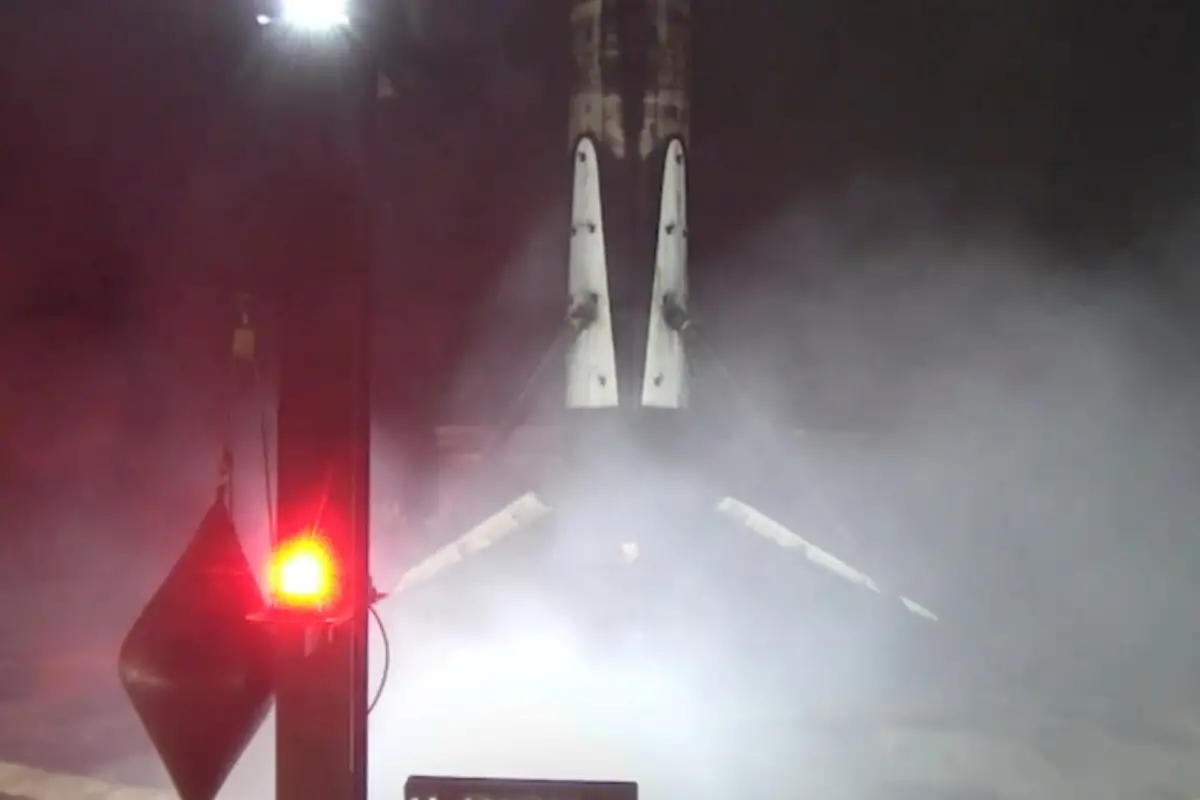SpaceX hits 125th launch of 2024 with milestone 100th drone ship landing. The latest mission adds 22 Starlink satellites while the company’s new direct-to-cell technology promises to connect billions of offline users worldwide.
In the dynamic realm of space exploration and satellite internet, SpaceX and its Starlink project have once again made significant strides in November 2024. Here’s a look at the key achievements that have not only pushed the boundaries of space technology but also expanded connectivity across the globe.

Record-Breaking Launches
SpaceX has achieved a remarkable feat by completing its 125th mission of 2024, showcasing the relentless pace of their launch schedule. The latest Falcon 9 launch from California not only marked this milestone but also achieved the 100th drone ship landing of the year, emphasizing the company’s commitment to reusable rocket technology. This launch added 22 more satellites to the Starlink constellation, furthering the network’s capacity to deliver high-speed internet worldwide.

Starlink’s Direct-to-Cell Satellite Constellation
A groundbreaking development in satellite technology this month was the completion of the first direct-to-cell satellite constellation by Starlink. This innovation allows standard LTE-compatible phones to connect directly to satellites, essentially turning satellites into space-based cell towers. This is particularly transformative for remote and underserved areas, potentially connecting over 2.6 billion people who are currently offline. The implications for emergency response, rural connectivity, and global communication are profound, marking a new era in mobile connectivity.

Enhancing Global Connectivity
Starlink’s expansion has not stopped at technological innovation; it has also secured a significant contract with the Pentagon. This deal will see 3,000 Starlink terminals in Ukraine upgraded with Starshield technology, providing ultra-secure communications critical for national security and military operations. This move underscores Starlink’s role not just in civilian applications but also in national defense and international diplomacy, source.
Environmental and Astronomical Considerations
While the achievements are impressive, SpaceX has faced criticism regarding the environmental and astronomical impact of its satellite constellation. The company has taken steps to mitigate these concerns by launching satellites with less reflective surfaces to reduce their visibility from Earth, thus lessening interference with astronomical observations. SpaceX continues to work on balancing its aggressive expansion with the sustainability of space and the night sky for future generations, see more on NYTimes.


Future Prospects
Looking ahead, SpaceX is not slowing down. With plans for further launches, including the integration of more advanced Starlink V3 satellites, the company aims to increase bandwidth and service quality. These satellites are designed to be larger and more capable, with features like direct-to-cell communications, which could remove the dependency on ground-based infrastructure entirely for some users.
Conclusion
November 2024 has been a testament to SpaceX’s and Starlink’s relentless pursuit of innovation in the space sector. From record-breaking launches to pioneering satellite technology for direct mobile connectivity, their achievements this month have not only expanded the reach of internet services but also reaffirmed their position at the forefront of space technology. As SpaceX continues to push the envelope, the world watches eagerly, anticipating what milestones will be reached next in the quest to make space more accessible and the internet more universal.
Note: All images are illustrative and URLs are placeholders. Please replace with actual images where applicable.





